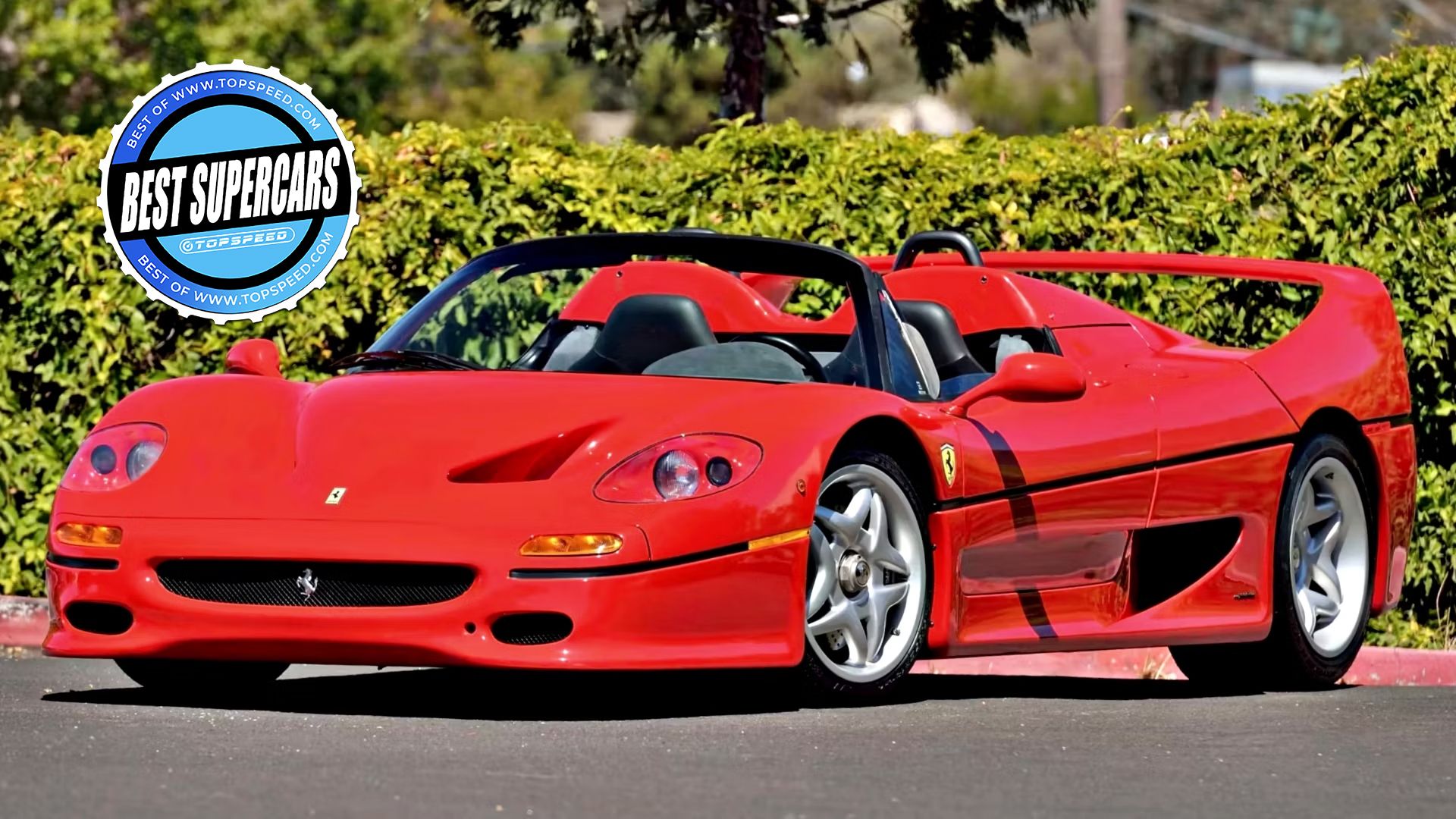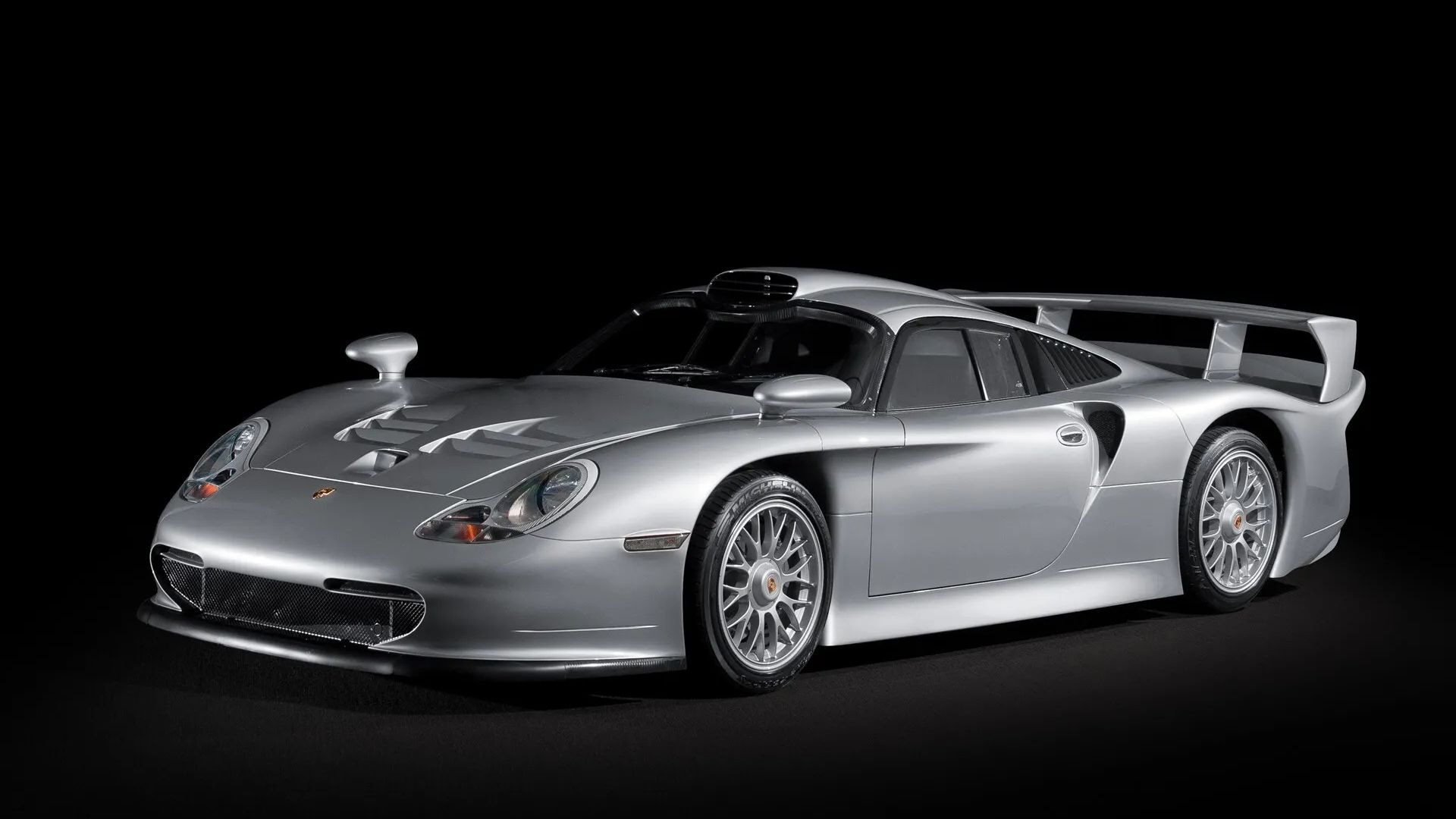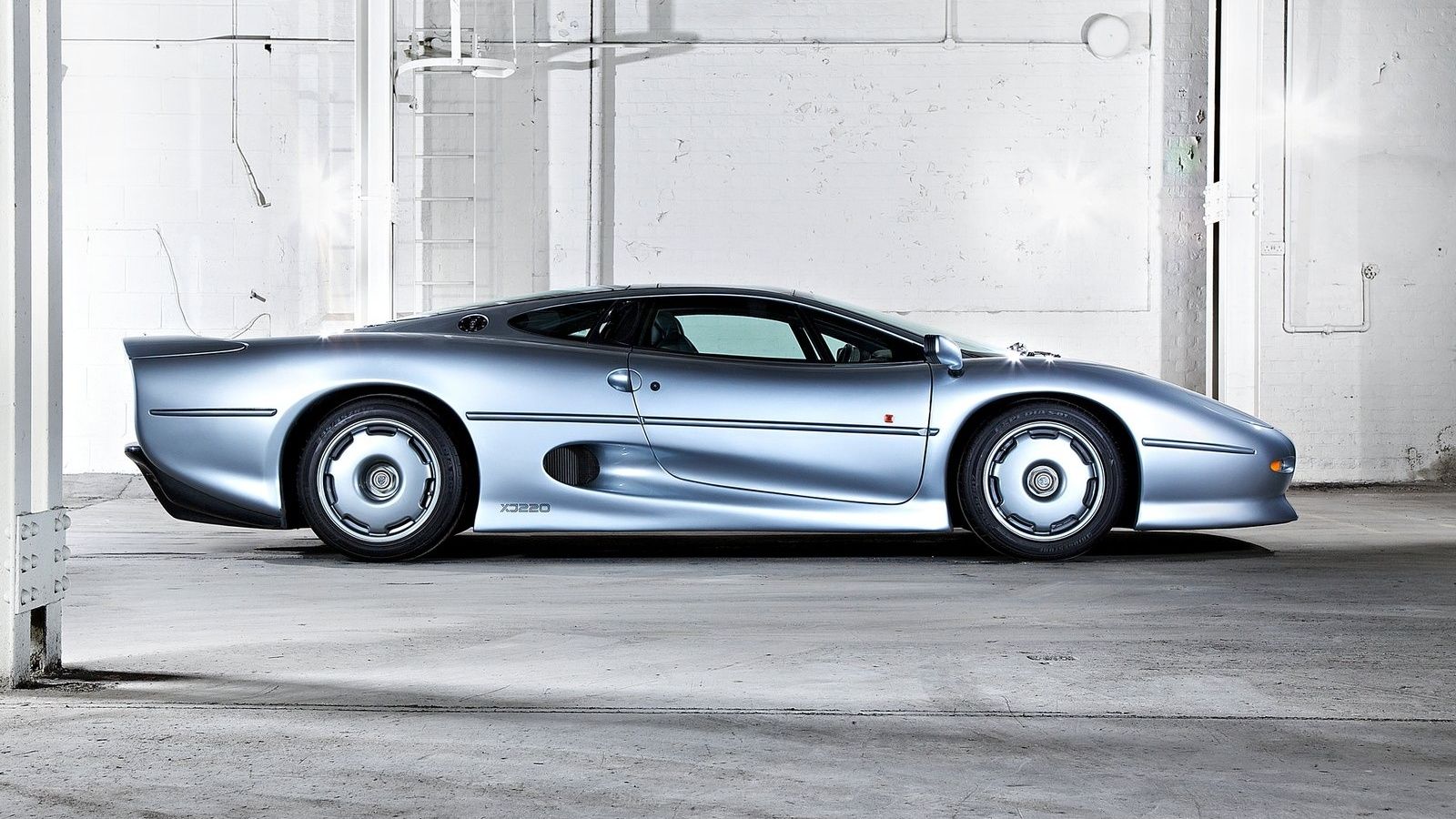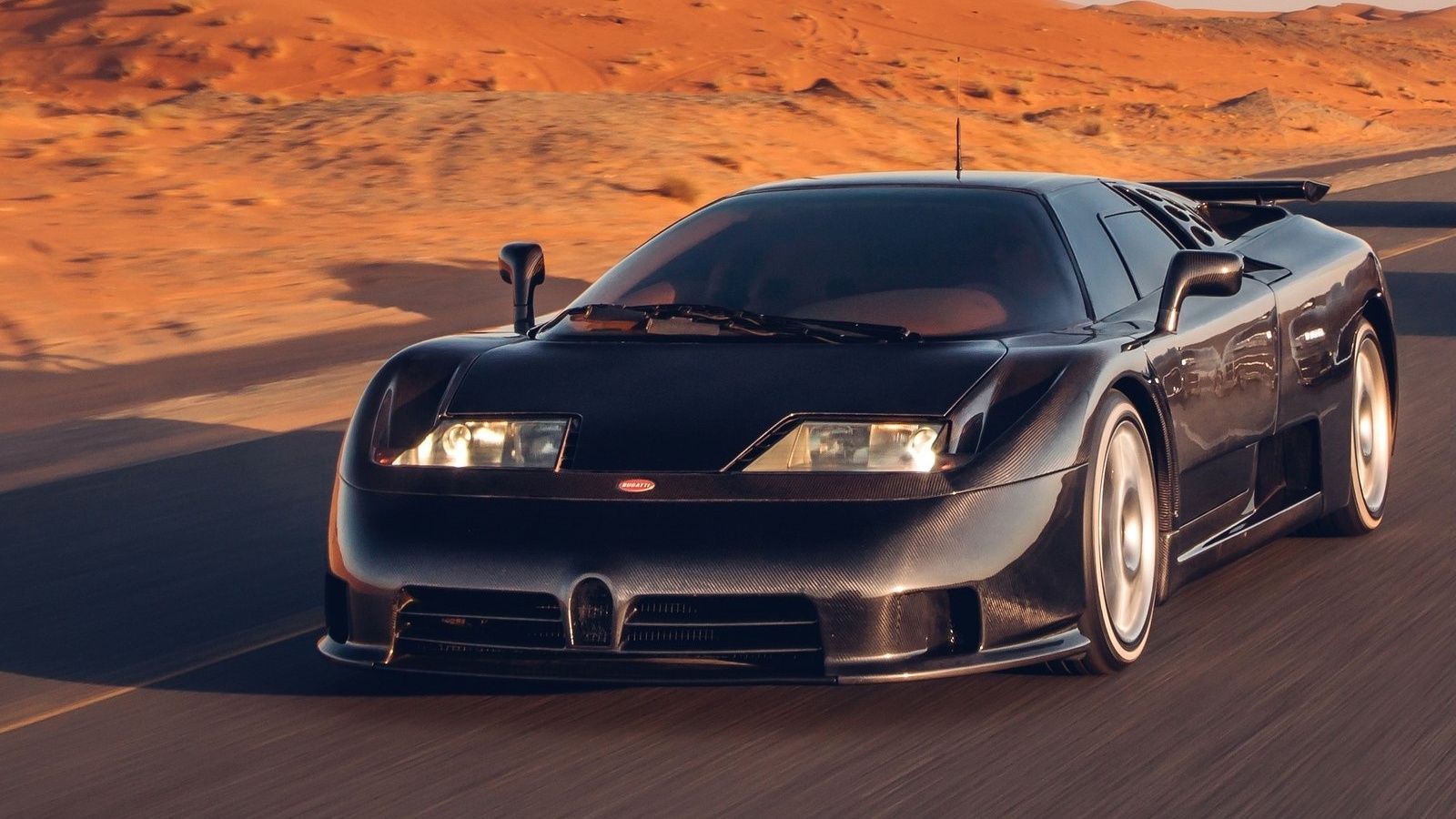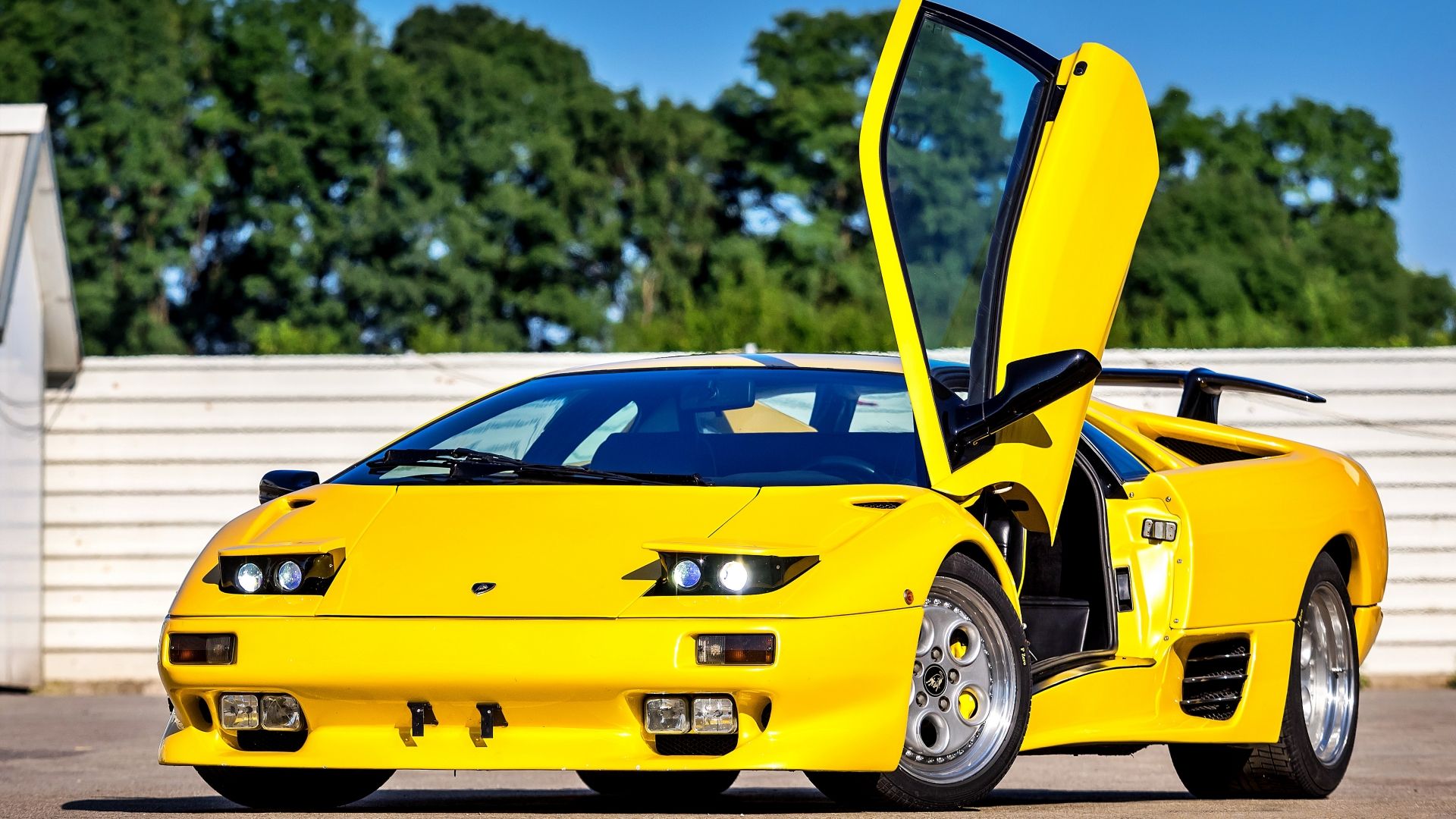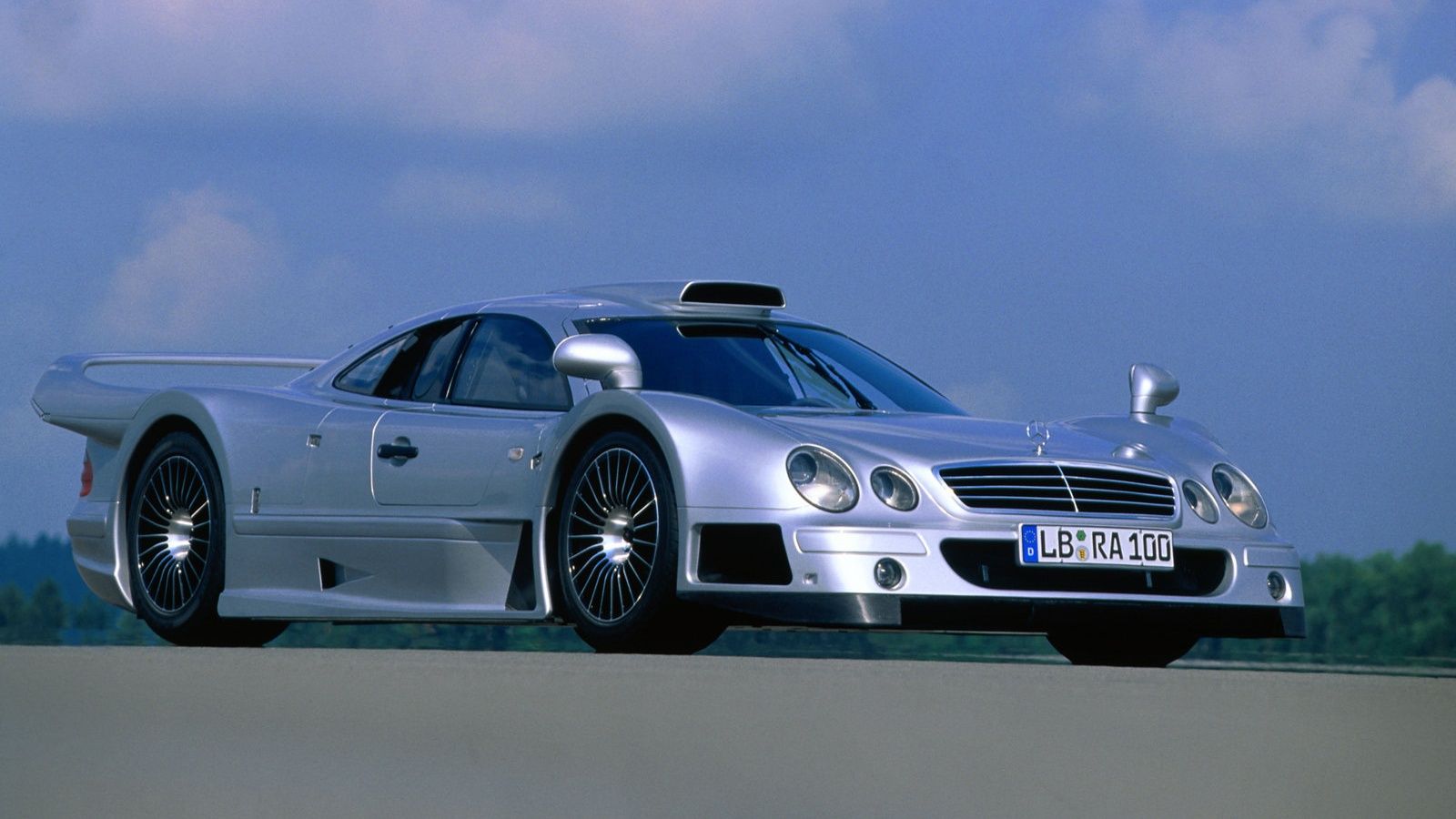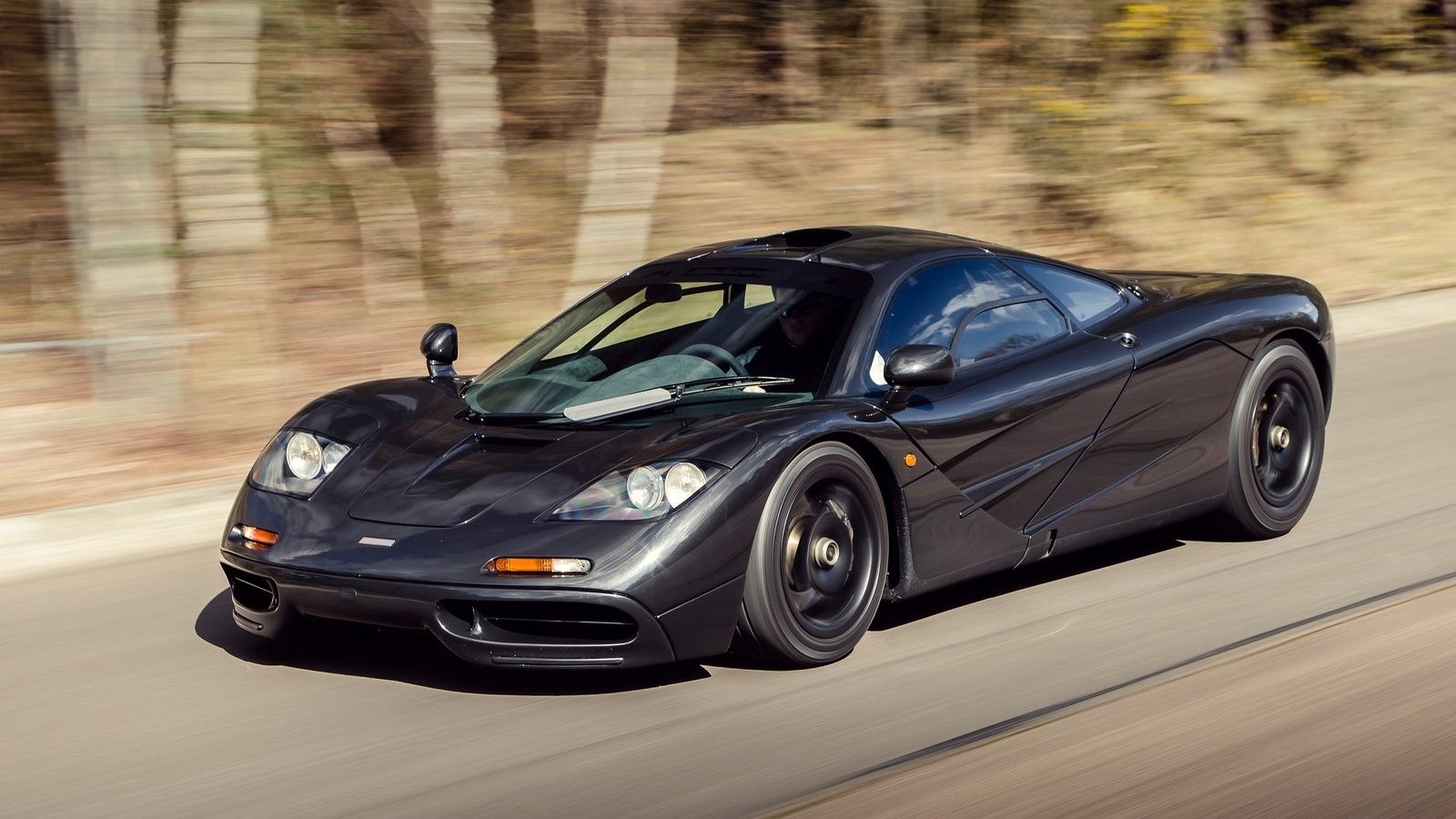The 1990s could be considered the golden era of supercars. Their looks meant business, most were rear-wheel drive with manual transmissions, they were loud and powerful enough to get any reckless driver in trouble, but at the same time, not too powerful to the point where they would need all the usual electronic aids present in most moderns cars just to make them drivable.
If the driver knew what he or she was doing, they could launch the car from a standstill and have enough power and traction to propel them to illegal speeds in a matter of a few seconds. In this list we'll look at the best supercars of that memorable decade, revisiting some truly iconic models that helped shape the present of the companies that made them.
Whenever possible, we collected information from carsurvey, and fuel economy.gov to help provide solid data about these vehicles. Car reviews and factory OEM information were used throughout the article to give our readers accurate figures about these iconic supercars produced.
10 Lotus Esprit V8
Launched in 1996 the Lotus Esprit V8 marked Lotus' entry in the V-8 club. While one of the brand's main selling point was making lightweight cars with incredible handling and maneuverability, many were left wondering if an eight-cylinder engine was a good fit. It was indeed.
Specs and Performance
| Engine | 3.5 liters (214 cu in) turbocharged V-8 |
| Engine Output | 350 hp and 295 lb-ft of torque |
| Transmission | 5-speed manual |
| Drivetrain | RWD |
| Fuel Economy | Combined 16 MPG |
The V-8 was perfect for the Esprit because it was a lightweight unit at only 214 cu in, and it used twin Garret turbochargers to help boost its power output. This engine was so compact that it was housed inside the same space previously used by a 2.2 liter (134 cu in) inline-four unit. The design was on par with the best supercars from that time with one owner of a 1999 Esprit SE V8 saying "It's very low and wide and charismatic on the street. The flying wedge styling is classically beautiful".
The 5-speed Renault transmission used on the Esprit felt pretty stressed at times moving up from the 2.2 liter engine to the 3.5 liter V8. But the Esprit was pushing numbers akin to those a Ferrari F355 would deliver. Lotus claimed a 0-60 MPH time of 4.4 seconds and a top speed of 175 MPH.
9 Porsche 911 GT2
A limited production model from Stuttgart, the first generation Porsche 911 GT2 was introduced in 1995 and had a production run up to 1998. The GT2 was a street-legal version of a race car and had incredible performance figures for the time. The model is highly sought-after by collectors, and you can find listings of well-maintained ones going for roughly $800,000.
Specs and Performance
| Engine | 3.6 liters (220 cu in) turbocharged flat-six |
| Engine Output | 424 hp and 432 lb-ft of torque |
| Transmission | 6-speed manual |
| Drivetrain | RWD |
| Fuel Economy | N/A |
0-62 MPH came in just 4.4 seconds on the 1995 version, while its top speed was 183 MPH. In its final production year, 1998, the 993 GT2's power output was increased to about 444 horsepower with the use of bigger turbos. The design of the first 911 GT2 aged well, and the car still looks great to this day.
It was heavily inspired by the 911 turbo but with more aerodynamic bodywork that helped give it an impressive overall performance. It was a race car for the streets, after all. Since it was only made in extremely low numbers, it was never imported officially to the U.S., but it was such a great supercar from that era that it simply could not be left out of this list.
8 Honda NSX
Up until the NSX came out in 1990, Honda focused on mainstream cars with a front engine and FWD. That gave them the ability to offer more space and comfort in their cars. However, by the end of the first half of the 1980s, Honda's R&D department decided it would be worth it to investigate different approaches regarding drivetrain looking for a flexible platform that could offer a sportier performance.
Specs and Performance
| Engine | 3.0 liters (182 cu in) V-6 |
| Engine Output | 270 hp and 210 lb-ft of torque |
| Transmission | 5-speed manual |
| Drivetrain | RWD |
| Fuel Economy | Combined 23.52 MPG |
The available technology at the time did not provide a big leap in terms of advantages over Honda's usual front-engine, FWD drive train. But the idea remained, and when they brought the project back online, the NSX was the result. It featured an RWD, mid-mounted, naturally aspirated V-6 engine with Honda's trademark Vtec technology.
Road & Track clocked it at 5.7 seconds from 0-60 MPH, which was pretty good for a 1990s supercar. Honda claims its design was based on an F-16 fighter jet and that extensive testing was done on the Nurburgring before it was released. The NSX was also the first mass-production car with an all-aluminum, monocoque body. It wasn't the fastest kid on the block on a straight line, but it delivered an exquisite driving experience, especially on a twisty road.
7 Porsche 911 GT1 Strassenversion
The 911 GT1 Strassenversion was one of the fastest supercars of the 1990s. 0-60 MPH took 3.9 seconds, although some estimates were even lower at 3.5 seconds, and it reached a top speed of 193 MPH.
Specs and Performance
| Engine | 3.2 liters (193.1 cu in) twin-turbo flat-6 |
| Engine Output | 537 hp and 442 lb-ft of torque |
| Transmission | 6-speed manual |
| Drivetrain | RWD |
| Fuel Economy | Combined 16.4 MPG |
Its extremely exclusive nature, with only 25 models produced, made it a very coveted, and expensive supercar. Deliveries initially took place in 1998 and its retail price at the time was a whopping $912,000. This is also one of those supercars that are so exclusive that it increased in price over time, and a good one today usually sells for north of $1M. A true gem in any car collector's inventory.
6 Jaguar XJ220
This British spaceship managed to reach a top speed of 212.3 MPH during testing by Jaguar. What an accomplishment from the British automaker, and what a mean-looking supercar. The XJ220 is legendary and still very valuable whenever a well-maintained model is found listed.
Specs and Performance
| Engine | 3.5 liters (214 cu in) |
| Engine Output | 542 hp and 475 lb-ft of torque |
| Transmission | 5-speed manual |
| Drivetrain | RWD |
| Fuel Economy | Combined 27 MPG |
The production model of XJ220 was a two-seater supercar with a compact turbocharged V-6 engine that replaced the thirsty Jaguar 6.2-liter V-12 used in the concept version, initially presented at the 1988 British International Auto Show. Aside from the record-breaking top speed, the XJ220 accelerated from 0-60 MPH in under four seconds, and as low as 3.6 seconds according to some accounts. This beauty was mid-engined and had RWD. A real blast from the past if there ever was one.
5 Bugatti EB110
Much like the Bugattis of today, the EB110 blew everyone's minds with out-of-this-world performance numbers when it came out in 1991. With a record top speed of 213 MPH, the EB110 paved the way for the era of the hypercar, particularly when the brand was bought by the VW Group with an idea in mind of a thousand-horsepower supercar. We all know what happened next.
Specs and Performance
| Engine | 3.5 liters (214 cu in) quad-turbo V-12 |
| Engine Output | 553 hp and 451 lb-ft of torque |
| Transmission | 6-speed manual |
| Drivetrain | RWD |
| Fuel Economy | Combined 25.9 MPG |
The unique four turbochargers, used instead of only two bigger ones had intercoolers with less turbo lag than one would expect from a turbocharged supercar from that era. Also, the EB110 featured an advanced all-wheel-drive system. 0-60 MPH took 3.5 seconds. It wasn't long before Bugatti released the SS (Super Sport) version with even more horsepower and better performance numbers. The EB110 was the car that made the Veyron and the Chiron possible years later. A true supercar classic.
4 Lamborghini Diablo
The Lamborghini Diablo had a really tough job on its hand. It was the successor to the iconic Lamborghini Countach. With its signature scissors doors and wide low-slung stance, this is a Lamborghini that epitomizes the 90s other. A product of the pre-Audi era, this was one of Marcello Gandini's very best designs and the last crazy Lambo before the Germans took over.
Specs and Performance
| Engine | 5.7 liters (348 cu in) V-12 |
| Engine Output | 485 hp and 461 lb-ft of torque |
| Transmission | 5-speed manual |
| Drivetrain | RWD |
| Fuel Economy | Combined 10 MPG |
As Lambo's flagship supercar through most of the 90s, the Diablo featured a 5.7 liter V-12 engine. 60 mph came up in 5.7 seconds and the top speed was 203 mph. It originally came with RWD, but an AWD system, something Lamborghini would continue to use in its future cars came in with later model years. If the Countach didn't put Lamborghini on the map (it did actually), the Diablo came in and certainly finished the job.
3 Mercedes CLK GTR
Another case of road cars being produced for the sake of homologation of its race variants, the CLK GTR is one of the most aggressive and menacing-looking Mercedes ever built. Built at a time when Mercedes had one of its most iconic front-end design cues with the double headlamps and the three-pointed star on the hood. Somehow this fitted like a glove to the rest of the car's race-oriented design.
Specs and Performance
| Engine | 6.9 liters (420 cu in) V-12 |
| Engine Output | 612 hp and 568 lb-ft of torque |
| Transmission | 6-speed sequential |
| Drivetrain | RWD |
| Fuel Economy | Combined 10.89 MPG |
Going from 0-60 in 3.8 seconds and reaching a top speed of 214 MPH this car was insane for its time. These numbers are still impressive today. This engine used on the limited production models would later power Paganis and the CLK GTR itself would have other even more crazy variants available such as one using an even bigger V-12 for a total power output of 655 horsepower.
2 Ferrari F50
One of the prancing horse Italian brand's most memorable and Iconic Supercars ever made. It is difficult to think about newer Ferrari Models that truly marked an era as the F50 did. Arguably the best-looking car of that era, with a performance to match it.
Specs and Performance
| Engine | 4.7 liters (287 cu in) V-12 |
| Engine Output | 520 hp and 347 lb-ft of torque |
| Transmission | 6-speed manual |
| Drivetrain | RWD |
| Fuel Economy | Combined 8 MPG |
The F50 was a celebration of Ferrari's 50th anniversary, and according to Ferrari itself, it was the closest thing to a street-legal Formula 1 Car the brand has ever made, and it showed. This one was a screamer, and it produced its maximum power at 8,500 rpm.
The top speed was 202 MPH, and 0-60 MPH took 3.87 seconds. The engine sat behind the driver and passenger seat and the car was RWD with a carbon fiber monocoque. It tipped the scales at only 2,712 pounds dry and had superb overall performance in any racing scenario.
1 McLaren F1
If the Ferrari F50 created an experience close to that of a Formula 1 car, what to say about a car that has Formula 1 in its name? The McLaren F1, a car completely centered around the driver, who sat in the middle, and a performance that to this day puts many a modern supercar to shame.
Specs and Performance
| Engine | 4.61 liters (372 cu in) V-12 |
| Engine Output | 618 hp and 479 lb-ft of torque |
| Transmission | 6-speed manual |
| Drivetrain | RWD |
| Fuel Economy | Combined 15.2 MPG |
The McLaren F1 took only 3.2 seconds to go from 0-60 with its six-speed manual gearbox. Its top speed obliterated all supercars of the era at a staggering 240.1 MPH, and it still is the fastest naturally aspirated road car ever! It would take quite some time before any supercar could match this kind of performance. Production began and ended in the same decade it was conceived.
In total, 106 units were manufactured between 1992 and 1998, making it a very exclusive supercar indeed. According to McLaren, its F1 is considered by many the greatest supercar ever built. It's hard to argue against this statement.

